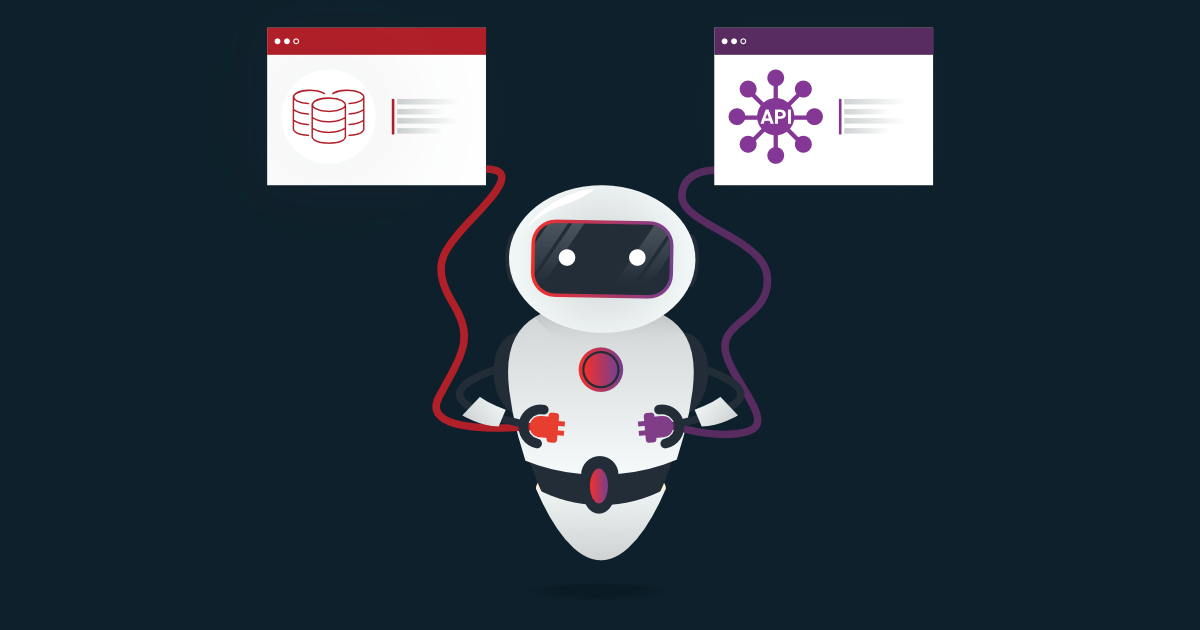In web development, the ability to create, read, update, and delete data from a database is critical. This is where CRUD operations come into play. By implementing these operations with APIs and databases, web developers can build powerful, scalable applications that can handle a wide range of use cases. In this article, we will take an in-depth look at how to implement CRUD operations with APIs and databases, providing examples and best practices along the way.
What is CRUD?
CRUD is an acronym that stands for Create, Read, Update, and Delete. These four operations are the basic functions that can be performed on any persistent data store, such as a database. In web development, CRUD operations are used to manipulate data within a database, typically through an API (Application Programming Interface).
Why are CRUD operations important in web development?
The ability to perform CRUD operations is critical in web development because it allows applications to interact with data in a meaningful way. For example, when a user submits a form on a website, the data from that form needs to be stored in a database. This involves creating a new record in the database, or "Create" operation. When the user wants to view that data again, the application needs to be able to retrieve it from the database, or "Read" operation. If the user decides to update their information, the application needs to be able to modify the corresponding record in the database, or "Update" operation. Finally, if the user decides to delete their information, the application needs to be able to remove the corresponding record from the database, or "Delete" operation.
Without the ability to perform these CRUD operations, web applications would not be able to store and manipulate data in a meaningful way. They would not be able to retrieve information from a database, modify it, or delete it. In other words, they would be severely limited in what they can do.
Additionally, CRUD operations are important in web development because they allow applications to be built in a scalable way. By separating the logic for manipulating data into a separate API, developers can build multiple client applications that interact with the same data. For example, a web application and a mobile application could both use the same API to manipulate data within a database. This makes it easier to maintain and update the application over time.
APIs and how they can be used to interact with databases
An API is a set of protocols, routines, and tools that enable software applications to communicate with each other. In the context of web development, an API is often used to provide access to data and functionality within an application. This allows other applications, both internal and external to the organization, to interact with the application in a programmatic way.
When it comes to interacting with databases, APIs can be used to perform CRUD operations, as well as other types of database queries and updates. For example, an API could be used to retrieve data from a database based on a particular query, such as all users who have signed up for a particular service. Alternatively, an API could be used to update data in a database, such as adding a new record to a table.
There are many different types of APIs, but two of the most common types are RESTful APIs and GraphQL APIs.
A RESTful API is an API that follows the principles of Representational State Transfer (REST). This means that the API is stateless, meaning that each request contains all the necessary information to complete the request. The API uses HTTP methods, such as GET, POST, PUT, and DELETE, to perform CRUD operations on resources. The response from the API is typically in JSON format.
GraphQL is a newer type of API that was developed by Facebook. It allows clients to specify the structure of the data that they need, and the API returns only that data. This allows clients to reduce the amount of data that they need to retrieve from the API, improving performance and reducing the amount of data that needs to be transmitted over the network. GraphQL also supports real-time updates through subscriptions, which allow clients to receive updates when the data they are interested in changes.
Understanding databases in web development
A database is a collection of data that is organized and stored in a way that makes it easy to access and manage. In web development, databases are often used to store information about users, products, orders, and other types of data that are used by web applications.
Databases can be classified into two main types: SQL databases and NoSQL databases.
SQL databases, or relational databases, are databases that store data in tables with columns and rows. Each column represents a specific type of data, and each row represents a specific record in the database. SQL databases use a query language, such as SQL (Structured Query Language), to interact with the data in the database. This allows developers to perform CRUD operations, as well as other types of queries, such as joining data from multiple tables. Some popular SQL databases include MySQL, PostgreSQL, and Oracle.
NoSQL databases, or non-relational databases, are databases that store data in a more flexible, unstructured way. Instead of using tables, NoSQL databases use collections of documents, key-value pairs, or graphs to store data. NoSQL databases are often used for big data applications, where the data being stored is highly varied or unstructured. Some popular NoSQL databases include MongoDB, Cassandra, and Redis.
There are also several other types of databases, including graph databases, time-series databases, and object-oriented databases. Each type of database has its own strengths and weaknesses, and the choice of which type to use depends on the specific needs of the application.
How to implement CRUD operations with APIs and databases?
Here's a step-by-step guide for implementing CRUD operations using an API and a database:
- The first step is to choose a database to use for storing data. As discussed earlier, there are many different types of databases to choose from, including SQL and NoSQL databases. Once you've chosen a database, you'll need to create a schema that defines the structure of the data that will be stored.
- Next, you'll need to choose an API framework to use for building your API. There are many popular web development frameworks to choose from, including Martini, Node.js, Django, Ruby on Rails, and many others. Each framework has its own strengths and weaknesses, so choose one that fits your needs.
- Once you've chosen an API framework, you'll need to define endpoints that will allow clients to interact with the data in the database. Endpoints are URLs that map to specific CRUD operations, such as creating a new record, reading a record, updating a record, or deleting a record.
- With the endpoints defined, you can now implement the CRUD operations themselves. Depending on the API framework you're using, this may involve writing code in a specific programming language, such as JavaScript or Python. Some frameworks such as Negroni enable you to design a database schema visually and then deploy it to a database on Martini with CRUD database services exposed via a RESTful API - all at the click of a button.
- Once you've implemented the CRUD operations, it's important to test the API to ensure that it's working correctly. You can use a tool like Postman to send requests to the API and check that the responses are what you expect.
- Finally, it's important to secure the API to prevent unauthorized access to the data in the database. This may involve using authentication and authorization mechanisms, such as JWT tokens or OAuth.
By following these steps, you can implement CRUD operations using an API and a database, and build powerful, scalable web applications that can handle a wide range of use cases.
7 best practices for implementing CRUD operations:
- Use HTTP methods correctly: The HTTP protocol provides a set of standard methods (GET, POST, PUT, DELETE) that can be used to perform CRUD operations. It's important to use these methods correctly, for example, using POST for creating a new resource, PUT for updating an existing resource, and DELETE for deleting a resource.
- Validate user input: Always validate user input before sending it to the database. This helps prevent errors and ensures that the data is in the correct format. You should also validate user input to ensure that it doesn't contain any malicious code or SQL injection attacks.
- Use parameterized queries: When querying a database, it's important to use parameterized queries instead of string concatenation to prevent SQL injection attacks. Parameterized queries bind values to placeholders in the SQL statement, which prevents attackers from injecting malicious code into the query.
- Handle errors gracefully: Always handle errors gracefully and provide meaningful error messages to the user. This helps the user understand what went wrong and how to fix it. For example, if a user tries to delete a resource that doesn't exist, you should return an error message indicating that the resource could not be found.
- Implement authentication and authorization: It's important to implement authentication and authorization mechanisms to ensure that only authorized users can perform CRUD operations. This can be done using techniques like JWT tokens, OAuth, or basic authentication.
- Implement rate limiting: To prevent abuse or DDoS attacks, it's a good idea to implement rate limiting. Rate limiting restricts the number of requests that can be made to the API in a certain time period, helping to prevent overloading the server.
- Write clean, readable code: Finally, it's important to write clean, readable code that's easy to understand and maintain. Use descriptive variable names, write comments where necessary, and follow best practices for code formatting and organization.
By following these best practices, you can implement CRUD operations in a way that's secure, reliable, and maintainable, and build robust web applications that can handle a wide range of use cases.
Mastering CRUD operations
Implementing CRUD operations with APIs and databases is an essential skill for any web developer. By understanding the concepts behind CRUD and how to implement them with APIs and databases, developers can build robust, scalable applications that can handle a variety of use cases. Whether you are building a small website or a large web application, understanding CRUD operations is a critical piece of the puzzle. We hope that this article has provided you with the knowledge and tools you need to build powerful web applications that can handle any challenge.
 is now
is now


